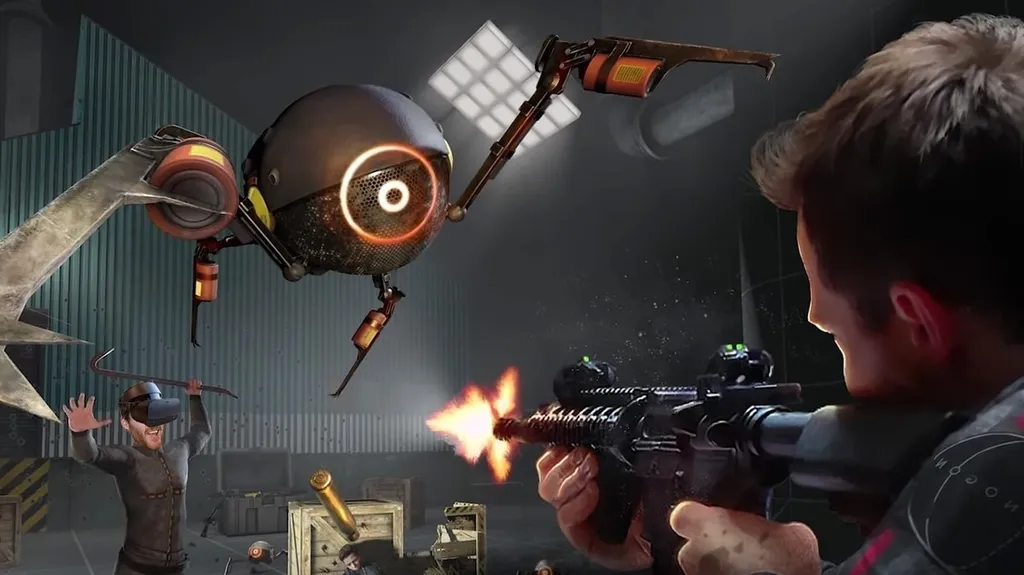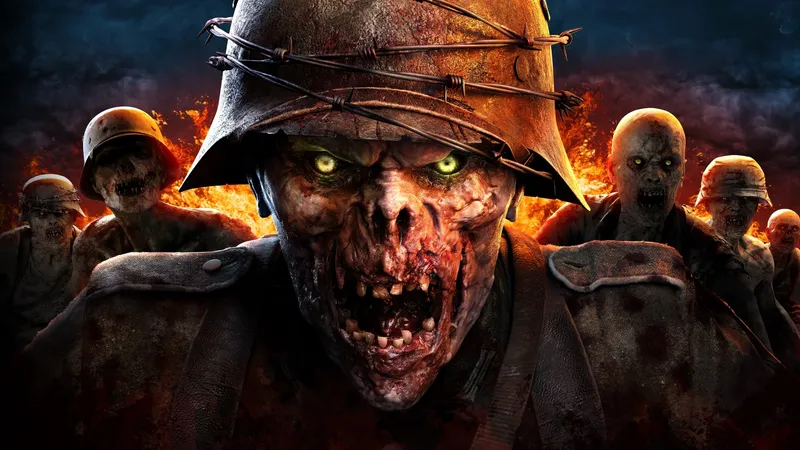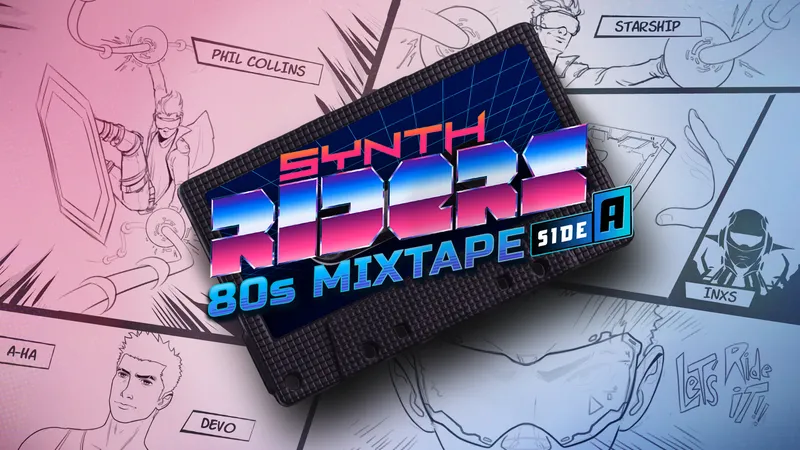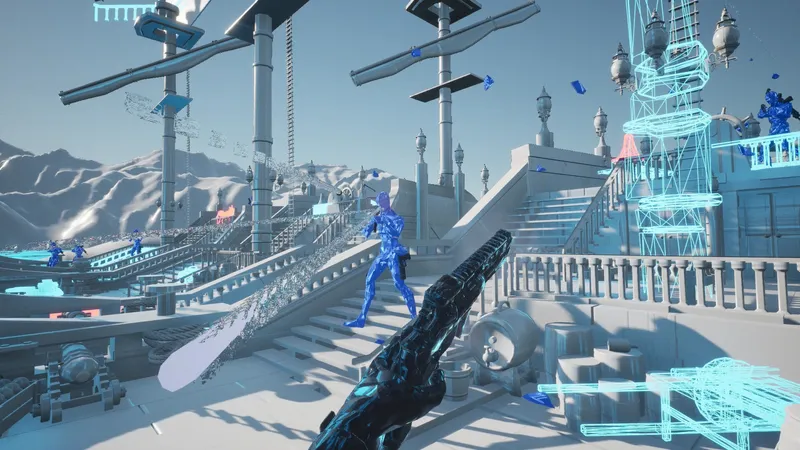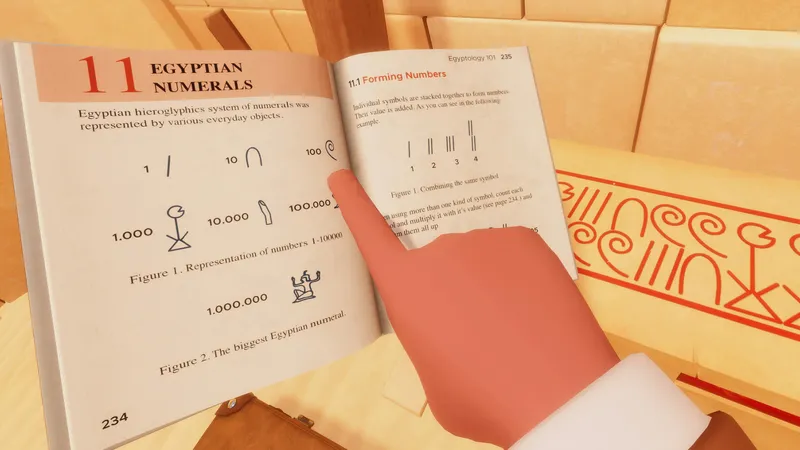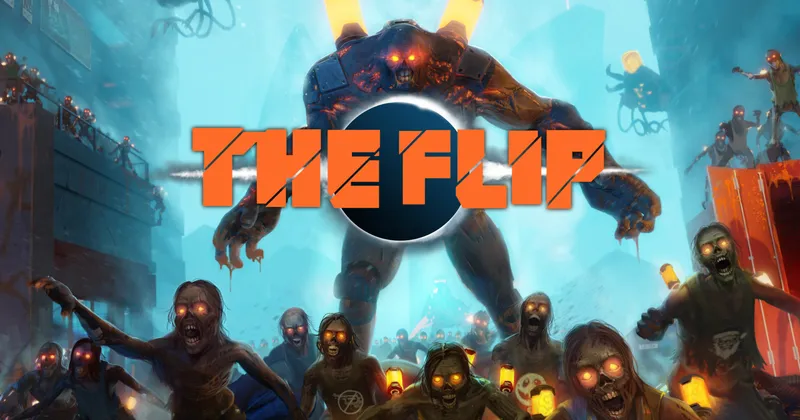When Boneworks (read our full review) released late last year from Stress Level Zero it led the charge in redefining how we interact with virtual objects in digital space. We took some time to speak with Brandon Laatsch from Stress Level Zero about the game’s innovations and successes.
By all accounts, Boneworks seems to have single-handedly ushered in a new era of interaction in VR games. For the next year or two I’d imagine we’ll often discuss types of interaction systems in terms of “pre” and “post” Boneworks. Or in other words, Stress Level Zero did some really impressive and immersive things with the way the game handles physics.
In most VR games before Boneworks when you reach out to touch something your virtual hand passes through it or becomes a silhouette of some kind to indicate you can’t do that. If you try to push open a door it doesn’t work unless you grab the door knob. If you want to shove an enemy you need to grapple them in the right spots and if you want to hit something hopefully you’ve found the right item and swing at something that’s assigned as having collision properties.
It was almost as if we were in the middle ground between traditional video games, limited by buttons and thumbsticks, and VR games, ideally limited only by the range of your body movement. It’s demonstrated best in this pseudo “Museum of VR” you find in the opening moments of Boneworks.
“After Duck Season we had a lot of ideas for what we could do that we felt would be much more mainstream and really push the medium forward, especially physics interaction in VR,” says Laatsch. “We had a lot of ideas from making YouTube videos [with Node] and seeing what people are responding to. Viral marketing is what sells games. What’s gonna sell new technology to people is seeing what their peers and people they relate to are playing and what they think of things. So we’re like, well, it’s very important to consider presentation inside the headset, as well as presentation outside of the headset.”
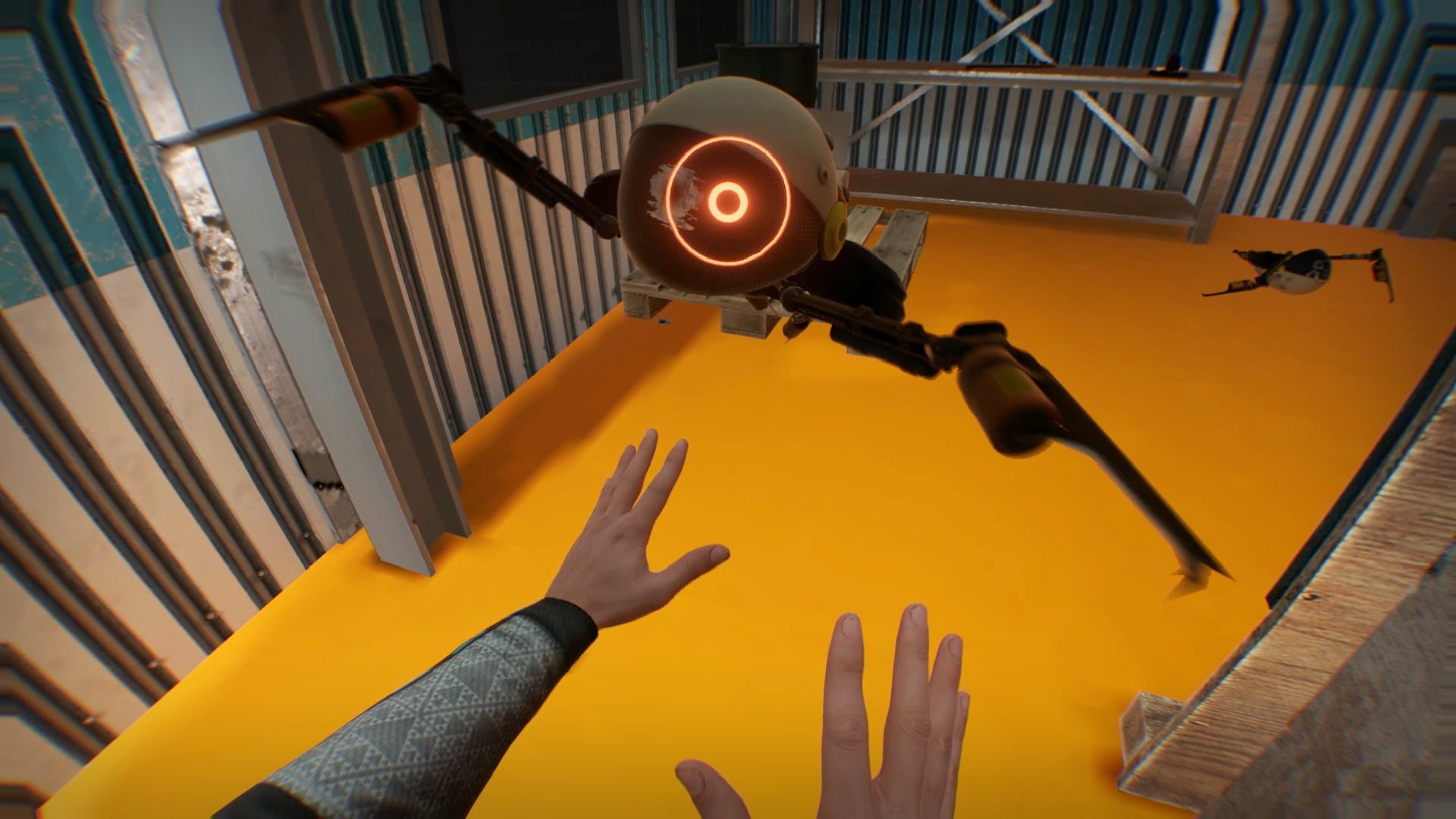
That’s on display immediately in Boneworks. When you pick up something that’s clearly heavy, like a metal barrel or a two-handed sledgehammer, you have to treat it as such. An early sign posted during the tutorial segment instructs you to pretend you’re lifting something in real life even though there’s not actually anything in your hands. Mime it, if you will.
That not only tricks your brain into moving accurately, but also makes it more entertaining and believable to watch for a viewer — which is crucial not just for selling VR to a consumer, but demonstrating it to friends too.
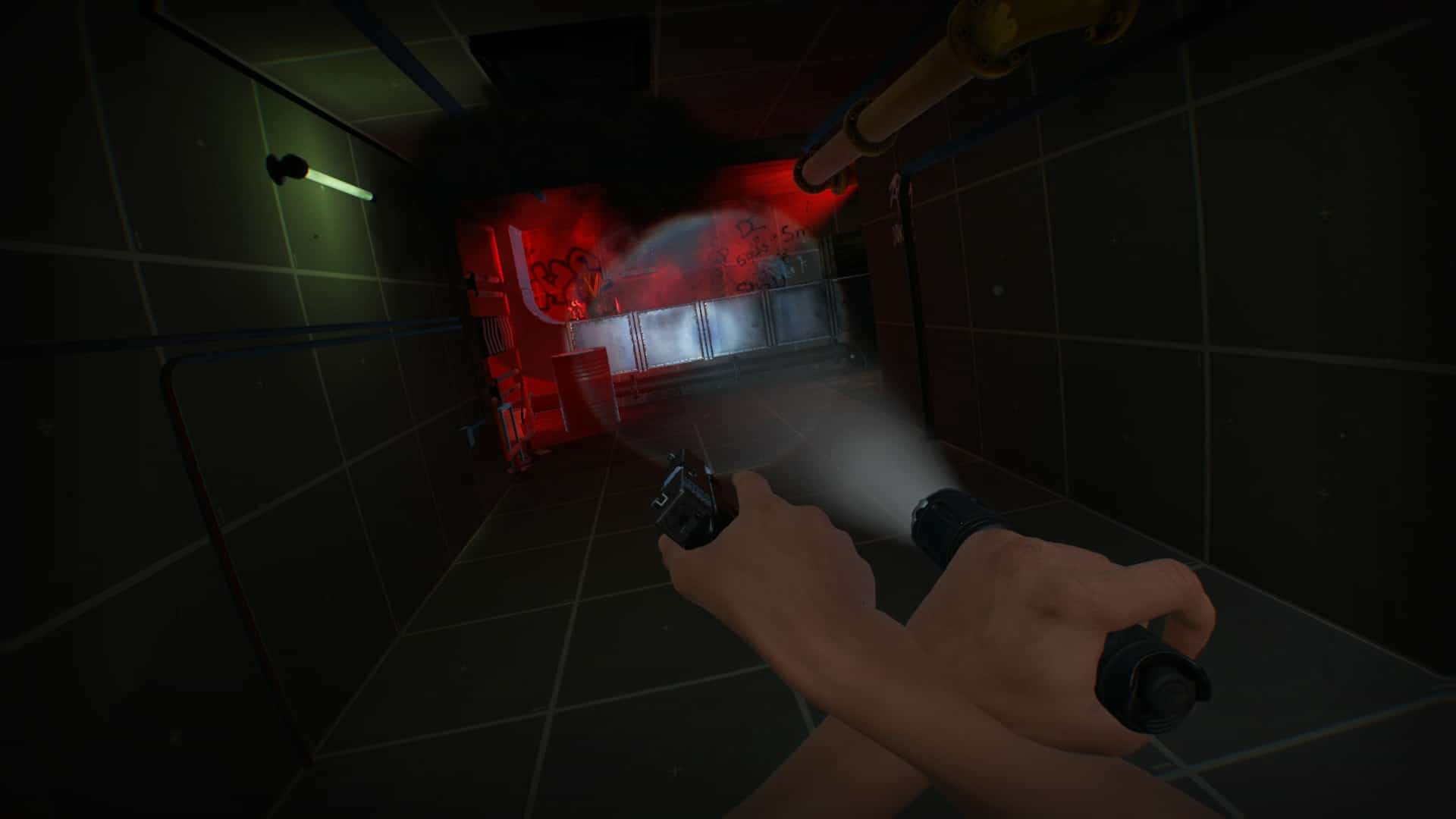
“We went after the genre of a physics action adventure FPS because it has a long tradition in the game industry of being a strong performer,” says Laatsch. “It’s what Sony goes after for a lot of their big tent pole releases.
“So we wanted to go after that and beyond and really tried to take a stab at being what we think action-adventures genre could become in VR, like, what does VR enable and that’s where the marriage of physics came in. Physics for a game can only go so far with a keyboard and mouse, you know. Following the launch of Half-Life 2 in 2004, you would say, ‘Oh, wow, the keyboard and mouse is really spectacular for physics input!’ But since then, in over 15 years, not a ton of expansion on physics has happened. You can list off some, like The Legend of Zelda: Breath of Wild, you have Red Faction, a handful of fitness games that have risen to the top, there’s Bioshock, There’s a handful of them, and then in terms of game design, a lot of that stuff somewhat stagnated over the last few years.”
If you draw a line charting the changes in how players interact with digital worlds using keyboards and gamepads since Half-Life 2, that line doesn’t have many fluctuations in it other than the titles Laatsch cites specifically.
Imagine playing a game like The Elder Scrolls V: Skyrim (VR or otherwise) with an actual physics-simulated world rather than just a bunch of geometry you walk across and pick up a few items in. Bethesda does a great job of selling illusions, but when you craft a world full of physical interactions the illusion starts to become reality, at least virtually.
“Then we looked at VR input devices, like we have this three 6-DOF tracked devices between the headset and controllers and they’re very accurately tracked,” says Laatsch. This is the input we’ve been waiting for to be able to push things further, right? To push to beyond what’s out there in traditional gaming. And the nice thing too is because it’s your actual body, there are real world limitations to how fast those tracked devices can move. It’s not like the flick of a mouse where you can send your character spinning in a circle super rapidly because in the real world you can only move your hands so fast and you can only accelerate your hands so fast or whip your head so fast. Like there’s actual real world constraints which are tied to your own anatomy, right?”
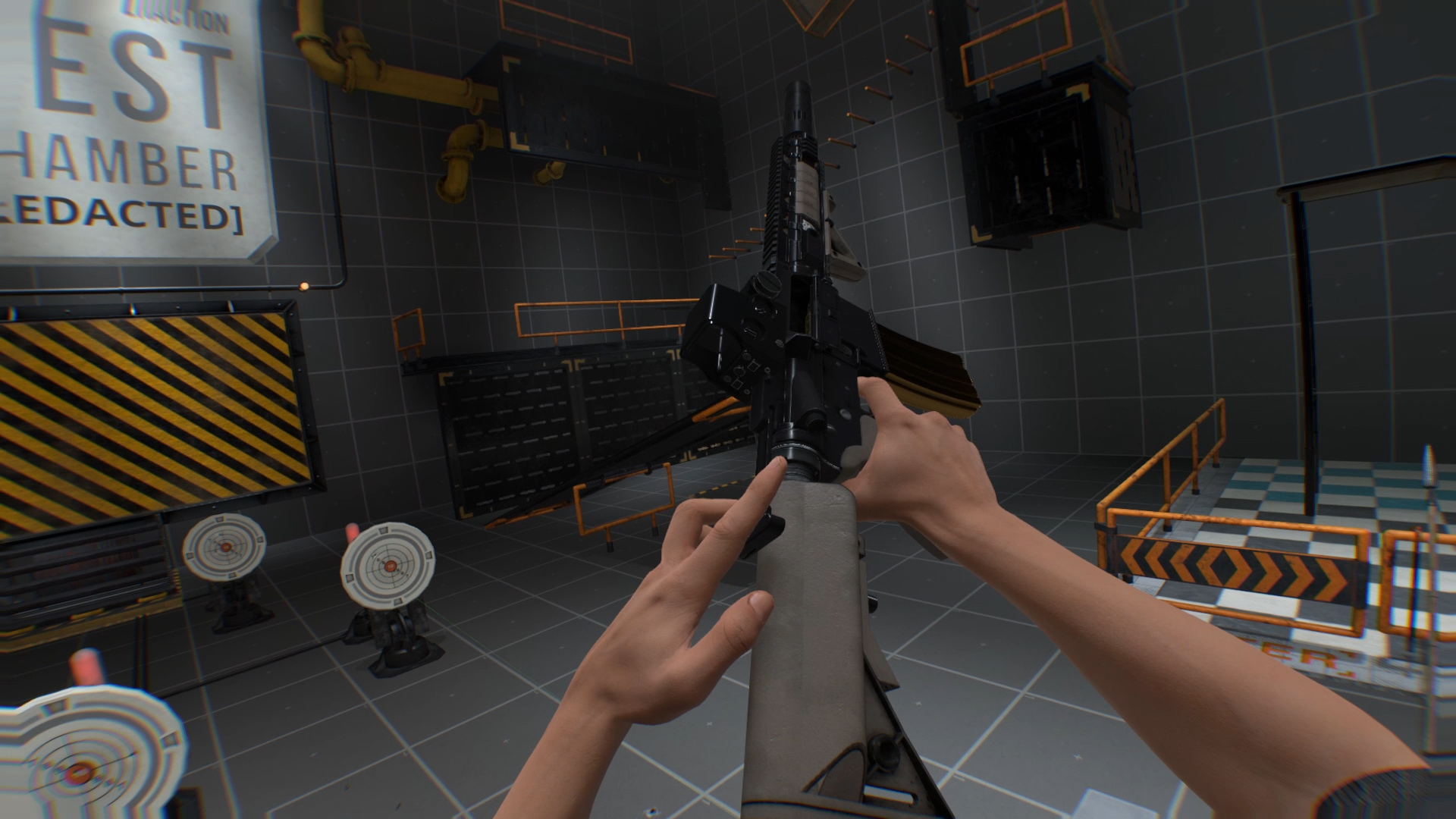
This is where the miming of actions becomes even more important. In a lot of video games your character learns new abilities and can suddenly swing weapons faster, hit harder, and do unnatural maneuvers that defy the laws of physics. But to instead flip things around and use the laws of physics as the basis for your gameplay puts added stress on your actual body. What looks cool and feels cool are often very different things in VR.
“So we figured this is ultimately where physics can take the next step. Boneworks is not saying, ‘Here’s a complete exploration of what can be done with physics in VR’ though, like no, we think of it as this is the beginning of it.
“And it’s our job and everybody else’s job, hopefully, to now try to go and, as much as I hate to say it, make Boneworks age poorly. Like, we want to look back in 10 years and say, ‘Dang! It was awesome for the first time, but it’s unplayable now!’ That just means that we’ve done a great job here and now.”
“We had to figure out what a longer form VR gameplay session looks like,” says Laatsch. “Like, how fast can you move and how quickly can you do things? Eventually playing just gets way too tiring for long sessions. We had that experience and compared to something like Sprint Vector, where it’s like, everyone only has a few good a few races in them where they’re trying their hardest before they get too tired…In that case, it’s a race. It’s supposed to be exertion. But looking at the action-adventure genre and looking at how we can encourage people to play for an hour-long session or two-hour long session or, you know, whatever…To try to stand, you know, try to be on your feet all day is like a very full day at work, and you come home, then you’re exhausted.”
As someone that often binges VR games to get through them for reviews, I can personally confirm how exhausting many of them tend to be. But as the medium continues to evolve and grow, making room for more physical games (without leaving behind less intensive experiences) is important for innovation.
“Design-wise we wanted to make something, reckoning back to what I was saying earlier about reading well to the 2D viewer as well as to the in-headset viewer,” says Laatsch.
“Ultimately, where does it go? It seems like VR is, you know, we’re getting to a great point in terms of the amount of installed hardware on the PC side of people having CPUs and GPUs powerful enough to buy it. They’re just a headset away and we’re seeing the headset conversion starting to really ramp up with a good assortment of quality headsets out there for them to buy.”
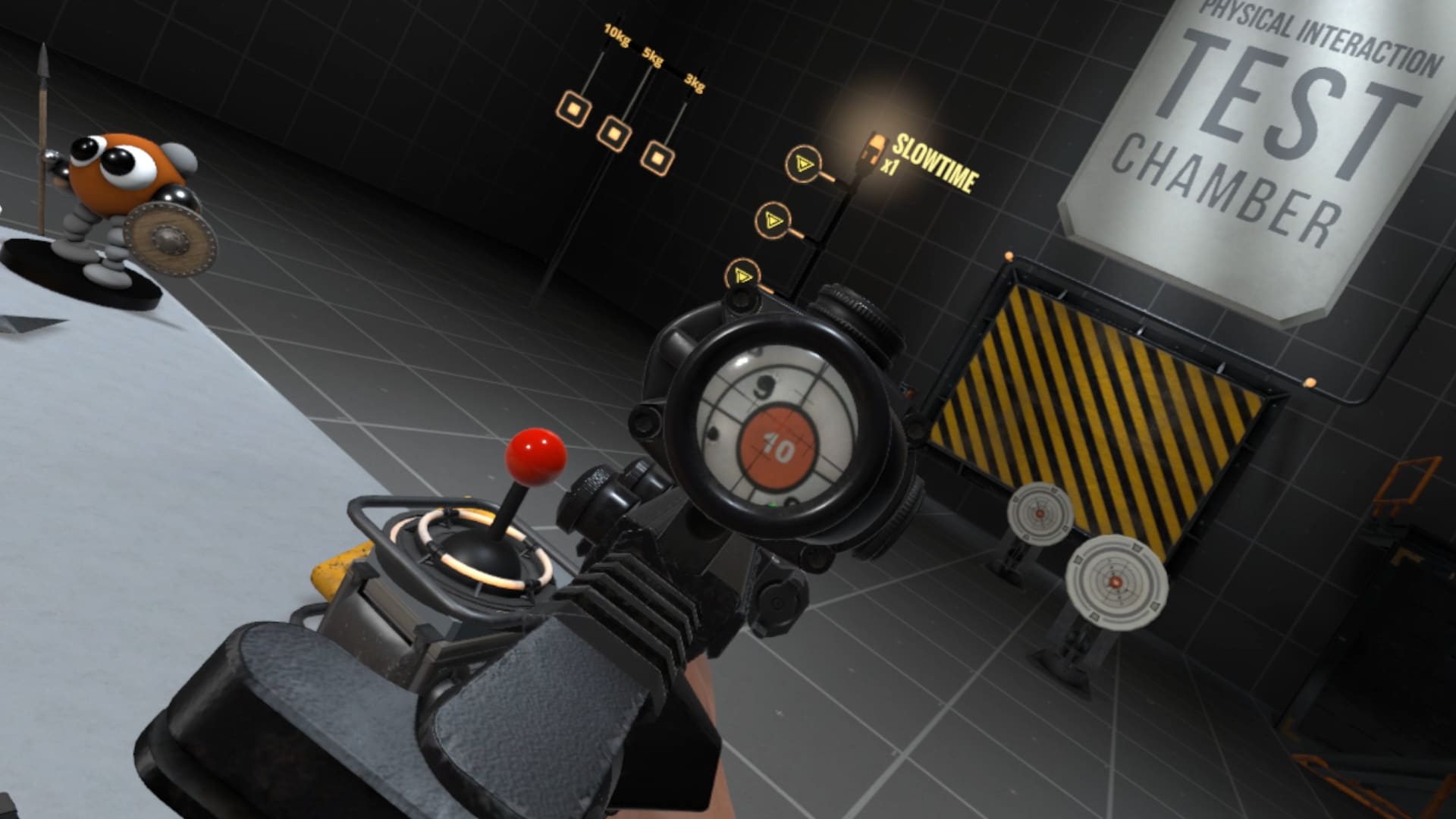
For more on the evolution of physics in VR, make sure and check out The Walking Dead: Saints & Sinners, which recently released, and Half-Life: Alyx, which is coming soon. You can also read our editorial on why these three games, including Boneworks, are so important.
Boneworks is available on Steam with support for all major PC VR headsets for $29.99. Read (or watch) our full review right here at UploadVR.

